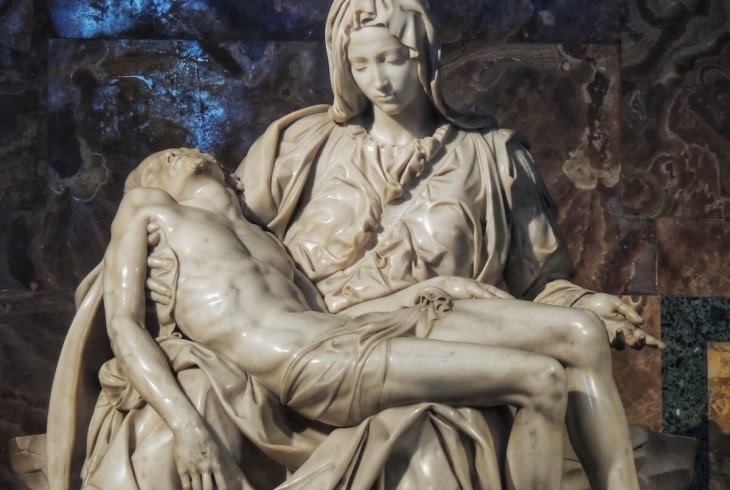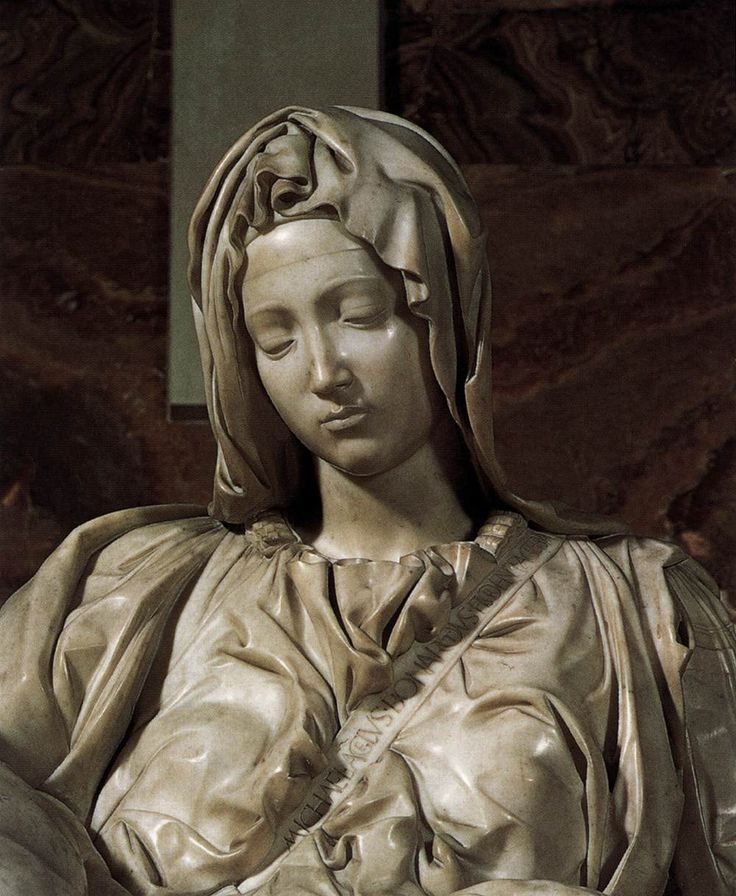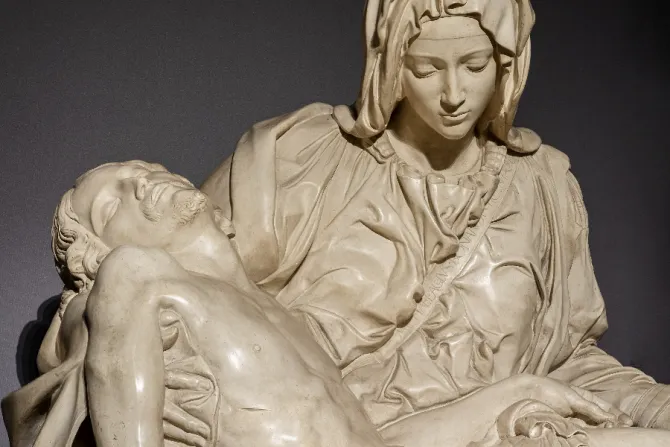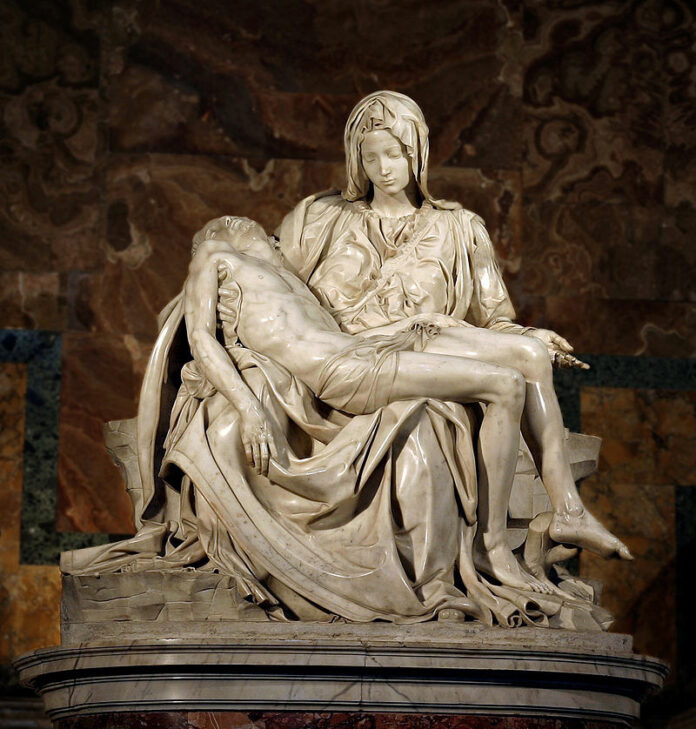Michelangelo Buonarroti’s Pietà is widely regarded as one of the most extraordinary works of art ever created. This iconic Renaissance sculpture, depicting the Virgin Mary cradling the dead body of Jesus Christ, has captivated audiences for centuries with its profound emotional resonance and technical mastery. In this comprehensive article, we will delve into the history, significance, and the intricate details that make the Pietà one of the most beloved and celebrated masterpieces in the world.
The Commission and Creation of the Pietà

Michelangelo, then just in his early twenties, was commissioned to create the Pietà in 1497 by a group of cardinals, with the intercession of the banker Jacopo Galli. The sculpture was intended to adorn the chapel of Santa Petronilla in the Vatican, to honor Cardinal Jean de Bilhères, the ambassador of the King of France, who would later be buried in the chapel. Michelangelo personally visited the Carrara marble quarries to carefully select the block of marble from which he would bring his vision to life.
Completed in 1499, the Pietà is the only work that Michelangelo ever signed, engraving the inscription “MICHAEL.A[N]GELVS BONAROTVS FLORENT[INVS] FACIEBAT” (The Florentine Michelangelo Buonarroti made this) on the band that wraps around the Virgin’s breast. This was likely due to the fact that some visitors who came to admire the statue did not initially believe it was his work.
The Tragic Vandalism and Restoration of the Pietà

On May 21, 1972, during the Pentecost celebrations, the Pietà was the victim of a shocking act of vandalism. A mentally unstable man named László Tóth, an Australian geologist, pounced on the statue with a hammer and inflicted fifteen blows, shattering the left arm of the Madonna, breaking her fingers, and destroying her nose and eyelids. The damage appeared to be incalculable, and the attack was met with widespread outrage and grief.
After much deliberation, it was decided that the Pietà should be restored to its original splendor. Using more than fifty fragments of the marble that had been detached by Tóth’s fury, and a mixture of glue and marble dust, the face and arm of the Virgin were meticulously reconstructed. The restoration process took nine months to complete, and when the Pietà was finally returned to the Petronilla Chapel, it was protected by a bulletproof crystal wall to prevent any future acts of vandalism.
The Enduring Legacy of the Pietà

Michelangelo’s Pietà is a testament to the power of art to evoke profound human emotions. Regardless of one’s religious beliefs, the sculpture has the ability to deeply touch those who behold it, awakening a range of emotions and feelings that are innately human. The Pietà is not only a masterpiece of Renaissance art, but also a poignant representation of the universal themes of love, loss, and the human condition.
Michelangelo Buonarroti’s Pietà stands as one of the most iconic and revered works of art in the world. Its creation, the tragic vandalism it endured, and its subsequent restoration all contribute to the rich history and enduring legacy of this extraordinary sculpture. The Pietà continues to captivate and inspire audiences, serving as a testament to the timeless power of art to transcend cultural and religious boundaries and touch the very depths of the human experience.
